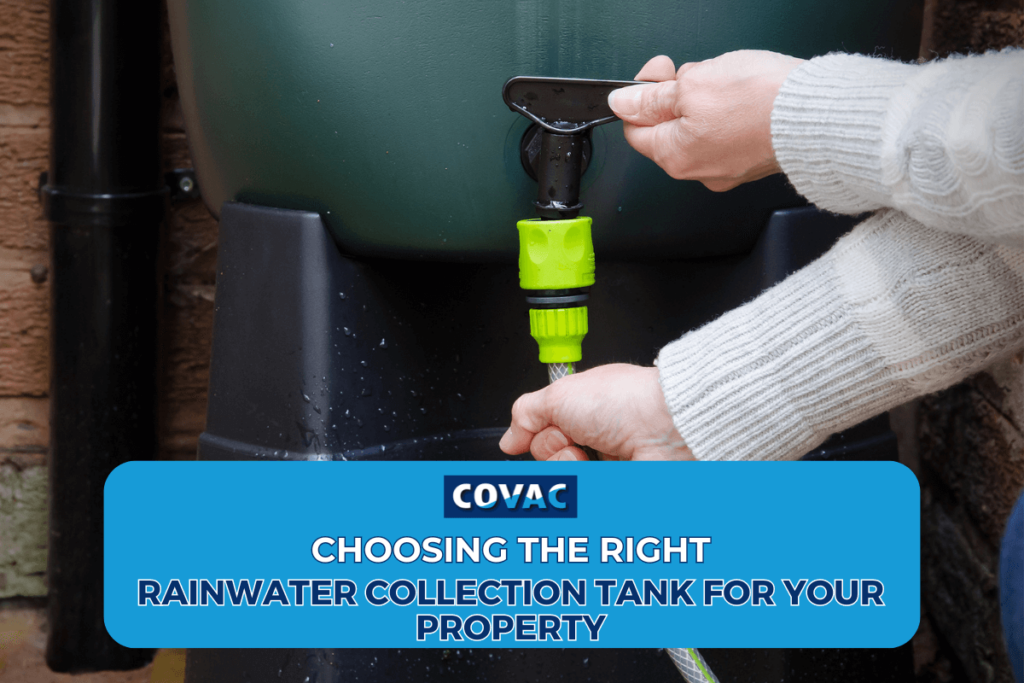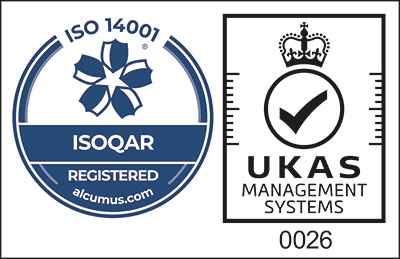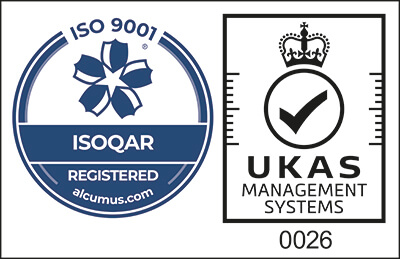
Rainwater collection is a highly important consideration for any property owner looking to enhance their sustainability and reduce reliance on water supplies. By storing rainwater, homeowners can enjoy significant benefits such as lowered water bills, cost savings on utility bills, and a more eco-friendly lifestyle.
In this article, we’ll delve into the essential factors to consider when choosing the right rainwater collection tank for your property.
Table of Contents:
- Choosing the Right Rainwater Collection Tank for Your Property
- Tank Size
- Space and Installation Considerations
- Materials
- Regulations
- Budget
- Maintenance and Longevity
- Why Invest in a Rainwater Collection Tank?
Tank Size
Choosing the right size rainwater tank is crucial for maximising your rainwater harvesting system’s efficiency. Two key factors come into play:
- Storage Capacity: This determines how much rainwater you can collect and store for later use.
- Space Availability: Your property’s layout dictates where you install the tank and how much space you have to spare.
While residential tanks typically range from 1,500 to over 7,500 litres, the ideal size for you depends on several factors:
- Roof Catchment Area: The larger your roof area, the more rainwater you can potentially collect.
- Average Rainfall: Areas with higher rainfall can generally support larger tanks.
- Household Size & Water Usage: More people using more water translates to a higher demand for collected rainwater.
General Sizing Guidelines:
Here’s a quick reference to help you get started:
- 1,500 – 3,000 Litres: Suitable for small gardens or limited outdoor water needs.
- 3,000 – 5,000 Litres: Ideal for moderate watering needs and small households.
- 5,000 – 7,500 Litres: Good for larger gardens, multiple occupants, or areas with lower rainfall.
For a more accurate estimate, consider using a rainwater harvesting tank sizing calculator. This will take into account your specific location and water usage habits.
Space and Installation Considerations
The location of your rainwater harvesting tank is just as important as its size. Here’s how to find the ideal spot for optimal performance and long-term functionality:
Accessibility: Imagine changing a filter or performing routine maintenance. Choose a location that allows easy access with enough clearance for hoses, pumps or tools you might need.
Solid Foundation: Rainwater tanks, especially larger ones, can be heavy. Select a level, stable area with firm ground to support the weight and prevent settling.
Minimise the Distance: The closer your tank is to your roof’s downpipes, the shorter the distance rainwater needs to travel, minimising potential losses.
Security: Wind and seismic activity can pose threats. Ensure your tank is securely anchored or supported to prevent tipping or shifting. Consider additional anchoring measures in areas prone to strong winds or earthquakes.
Materials
Rainwater harvesting tanks are typically made from polyethylene (plastic), fibreglass, concrete, or metal. Each material has pros and cons based on durability, cost and climate suitability.
Polyethylene tanks: are lightweight, easy to install and corrosion-resistant. However, they do have a limited lifespan when compared to some of the other materials.
Fibreglass tanks: are durable, and have a long lifespan. They do come with a higher cost and can crack under heavy impact.
Concrete tanks: are ideal for large capacities and are incredibly durable. They are however more difficult to install and may leak over time if not maintained properly.
Steel tanks: offer strength and are more aesthetically pleasing. They also have a relatively long lifespan. However, they can cost more than plastic or fibreglass tanks. Galvanised steel tanks can corrode over time, too.
Regulations
In the UK, there are no specific regulations governing the collection and use of rainwater for non-potable purposes, provided that the harvested rainwater does not harm the environment.
However, if you mix harvested rainwater with ground or surface water, which you then abstract or transfer, you may need a water abstraction licence from the Environment Agency.
For rainwater collected solely from roofs, you do not need a licence, regardless of the amount you collect, as long as it is used for non-potable purposes such as irrigation, toilet flushing, or washing.
If you’re not based in the UK, you should familiarise yourself with local regulations.
Budget
When it comes to rainwater collection tanks, budget is a key consideration. Here’s a detailed breakdown to help you navigate both initial costs and overall value for money:
Initial Costs:
Tank Cost: Polyethylene tanks boast the lowest price point. Steel tanks, on the other hand, come with a significantly higher upfront cost due to their strength and aesthetics. Fibreglass and concrete tanks fall somewhere in between, with fibreglass offering a middle ground between cost and lifespan.
Delivery Costs: Don’t forget to factor in delivery charges, especially for heavier tanks like concrete. The distance from the supplier and the tank’s size will significantly impact delivery costs.
Installation Costs: Professional installation adds another layer to the initial cost. Concrete tanks always require professional installation due to their weight and size.
Overall Value for Money:
This goes beyond the initial price tag and considers the long-term benefits of your rainwater collection tank. Here are the key factors to consider:
Durability: While polyethylene tanks are budget-friendly upfront, their lifespan is generally shorter (around 10-15 years) compared to other materials. Concrete tanks, on the other hand, can last for decades with proper care, making them a potentially better investment in the long run.
Efficiency: Here, concrete tanks shine. They excel at maintaining cool water temperatures, minimising evaporation, and maximising your water storage potential. This results in less water loss and more usable rainwater.
Maintenance and Longevity
Regular maintenance of your rainwater tank is highly recommended to prolong the life of your tank.
One of the things you can do is to invest in rainwater system coating, which helps to prevent early degradation of your tank and supports clean water supply.
All our tank linings come with a 10-year guarantee, providing complete peace of mind for longer.
You should also clean your water tank at least once a year, and take a microbial reading of your water every six months to test the bacteria.
Why Invest in a Rainwater Collection Tank?
A rainwater collection tank is a sustainable way to save money and conserve water. Here are some key benefits:
- Reduced water bills: You can use collected rainwater for watering your garden, washing your car, or even flushing toilets (with proper treatment). This can significantly decrease your reliance on water companies, leading to lower water bills.
- Environmentally friendly: Rainwater harvesting reduces strain on freshwater resources and local water treatment plants. Additionally, it can help mitigate flooding by capturing rainwater runoff.
- Healthy for plants: Rainwater is naturally soft and free of chlorine, which can be beneficial for plant growth.
Don’t wait to make a positive impact on both your wallet and the environment. Take the first step towards a greener future today.










